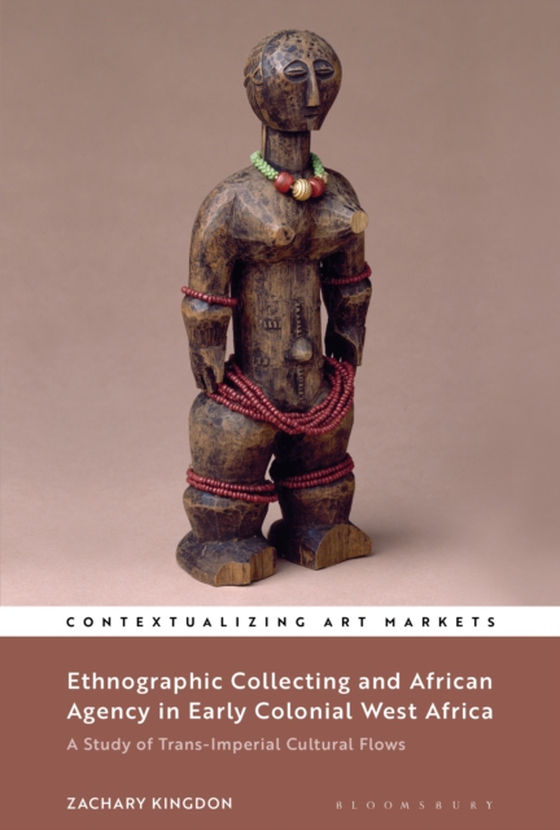
Ethnographic Collecting and African Agency in Early Colonial West Africa e-bog
238,03 DKK
(inkl. moms 297,54 DKK)
The early collections from Africa in Liverpool's World Museum reflect the city's longstanding shipping and commercial links with Africa's Atlantic coast. A principal component of these collections is an assemblage of several thousand artefacts from western Africa that were transported to institutions in northwest England between 1894 and 1916 by the Liverpool steam ship engineer Arnold Ridyard....
E-bog
238,03 DKK
Forlag
Bloomsbury Visual Arts
Udgivet
21 februar 2019
Længde
336 sider
Genrer
ACBK
Sprog
English
Format
pdf
Beskyttelse
LCP
ISBN
9781501337949
The early collections from Africa in Liverpool's World Museum reflect the city's longstanding shipping and commercial links with Africa's Atlantic coast. A principal component of these collections is an assemblage of several thousand artefacts from western Africa that were transported to institutions in northwest England between 1894 and 1916 by the Liverpool steam ship engineer Arnold Ridyard. While Ridyard's collecting efforts can be seen to have been shaped by the steamers' dynamic capacity to connect widely separated people and places, his Methodist credentials were fundamental in determining the profile of his African networks, because they meant that he was not part of official colonial authority in West Africa. Kingdon's study uncovers the identities of many of Ridyard's numerous West African collaborators and discusses their interests and predicaments under the colonial dispensation. Against this background account, their agendas are examined with reference to surviving narratives that accompanied their donations and within the context of broader processes of trans-imperial exchange, through which they forged new identities and statuses for themselves and attempted to counter expressions of British cultural imperialism in the region. The study concludes with a discussion of the competing meanings assigned to the Ridyard assemblage by the Liverpool Museum and examines the ways in which its re-contextualization in museum contexts helped to efface signs of the energies and narratives behind its creation.
 Dansk
Dansk

